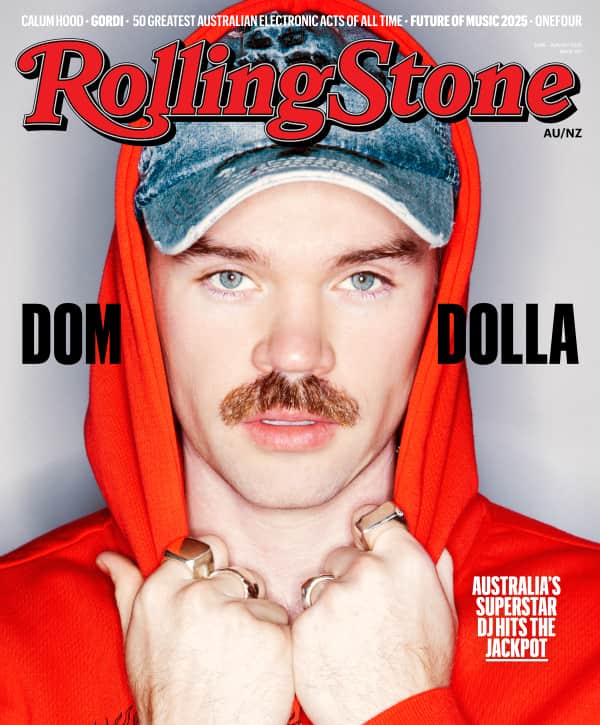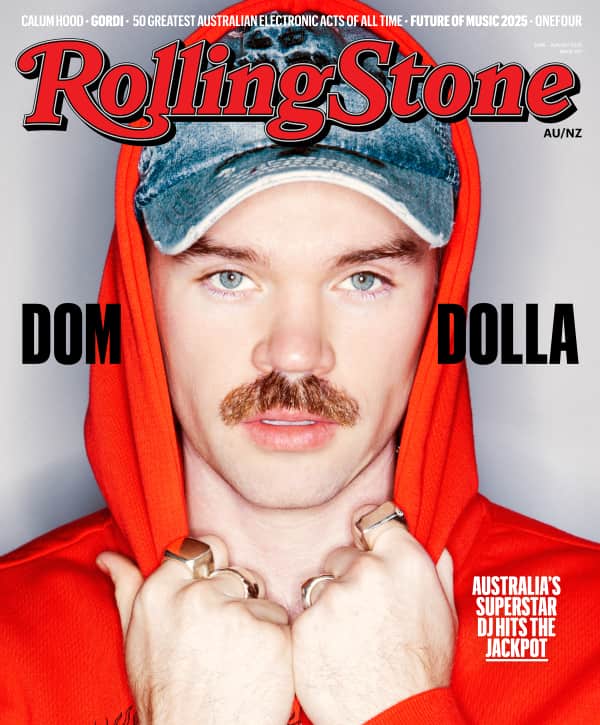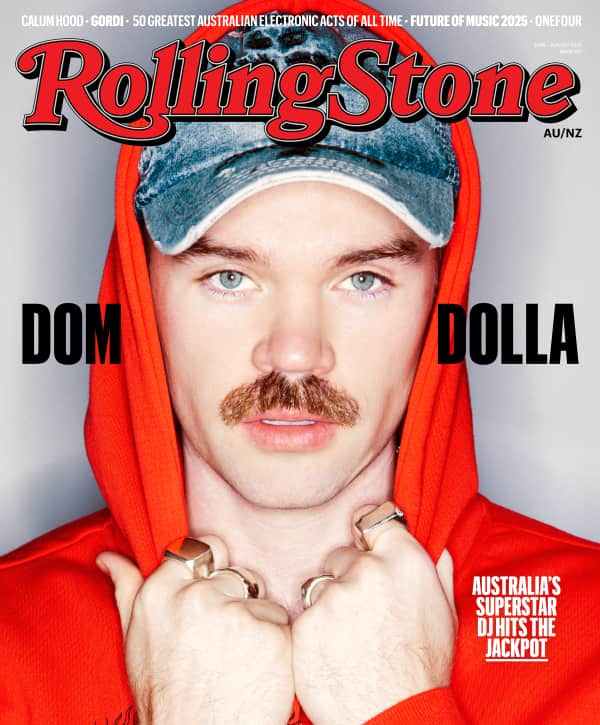Dr. Seuss Enterprises, which oversees the work of the late children’s book author, said it will stop publishing and licensing six books because they contain racist and insensitive images.
The decision was announced on the official Dr. Seuss website Tuesday, March 2nd, which also marks the author’s birthday. The six books are And to Think That I Saw It on Mulberry Street, If I Ran the Zoo, McElligot’s Pool, On Beyond Zebra!, Scrambled Eggs Super!, and The Cat’s Quizzer.
Dr. Seuss Enterprises said it came to this decision last year after reviewing its catalog with the help of a panel of experts, including educators. “These books portray people in ways that are hurtful and wrong,” the statement reads. “Ceasing sales of these books is only part of our commitment and our broader plan to ensure Dr. Seuss Enterprises’ catalog represents and supports all communities and families.”
Dr. Seuss — born Theodor Seuss Geisel — died in 1991, although he remains one of the most popular and widely read children’s book authors. Last year, Forbes ranked him the second most profitable dead celebrity (behind Michael Jackson), pulling in $33 million not just from various film, television, and other licensing deals, but reliable book sales that nearly reached six million in the United States in 2020.
While Dr. Seuss books like The Lorax and The Sneetches have earned praise for their embrace of environmentalism, inclusion, and diversity, a good chunk of the author’s work has come under increasing scrutiny in recent years due to its use of racist imagery. The wing of Dr. Seuss Enterprises that oversees his artistic legacy has a page on its website that acknowledges that Geisel’s early cartoons contained “racially stereotypical drawings [that] were hurtful then and are still hurtful today.” According to NPR, when Geisel was in college he apparently wrote a minstrel show and performed as the main character in blackface.
Even after he became Dr. Seuss, Geisel could lean on racist stereotypes. As the Art of Dr. Seuss website also notes, in his first book as Dr. Seuss, 1937’s And to Think That I Saw It on Mulberry Street, Geisel depicted an Asian character with “‘traditional clothing’ and chopsticks,” while also making the character’s skin yellow (in later editions, Dr. Seuss did change the color of the character’s skin). And in If I Ran the Zoo, Dr. Seuss drew two men who are said to be from Africa and are depicted wearing grass skirts with no shirts or shoes.
From Rolling Stone US
Love Music?
Get your daily dose of everything happening in Australian/New Zealand music and globally.



































